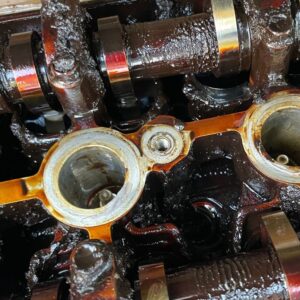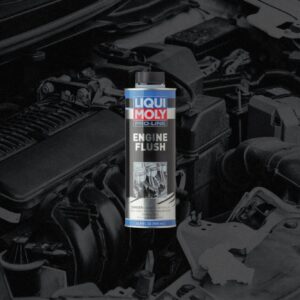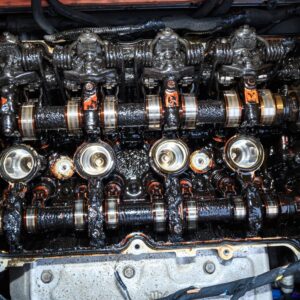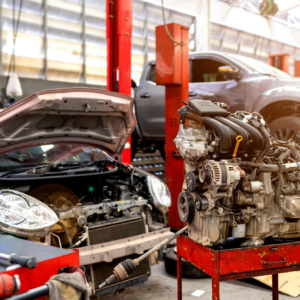Have you ever had someone ever recommend an Italian tune-up? This means driving your car hard until you redline the engine. Some people believe it flushes carbon deposits and gunk buildup from the engine. However, many more think that redlining an engine does more harm than good.
What Is the Redline of an Engine?
If there’s one thing engines have in common, it’s that they all have a redline. A redline refers to the maximum RPM that’s safe for an engine. It’s usually displayed as red bars on the tachometer to remind drivers to stay below the redline.
What Factors Determine an Engine’s Redline?
Not every vehicle has the same redline. It can vary depending on your car’s year, make, and model, but it can also depend on these factors:
Type of Fuel
Unlike petrol engines, diesel engines aren’t designed for high RPM. Diesel engines don’t use spark plugs, which results in a slower combustion process than petrol engines. Although this helps them achieve higher torque at a lower speed, this also causes them to operate at a lower RPM and have a lower redline. Diesel engines usually have a redline of around 4,500 RPM, while petrol engines redline at 7,000 to 8,000 RPM.
Engine Parts
The mass, composition, and interrelated balance of your engine parts can also affect your vehicle’s redline. Large, heavy, engines in trains and generators usually have a redline of a few hundred RPM. Meanwhile, the redline of smaller, high-performance engines in sports cars is usually around 5,500 to 7,000 RPM. Some motorcycles can even reach 19,000 RPM, thanks to their lower reciprocating mass.

Can Redlining Harm Your Engine?
You don’t have to panic if you briefly redlined your car. To determine a vehicle’s redline, manufacturers test the highest engine RPM that still allows the engine to safely operate. As long as you only redline for a few seconds, it shouldn’t be a problem. Of course, this doesn’t mean you can just redline your car whenever you want. Here are a few ways constantly hitting the redline can damage your vehicle:
Premature Engine Wear
Redlining for hours can cause your engine to overheat, which can negatively affect engine performance and cause premature wear. Unless you want to deal with an overheating engine, you’ll have to keep a close eye on the redline on your tachometer.
Valve Float
Redlining an engine can cause valve float, which can permanently damage the valvetrain and pistons.
A valve float can either happen when the lifter is thrown off the nose of the cam lobe or when the valve bounces off its seat before it settles. This can lead to compression loss, engine misfires, and damaged valves and pistons.
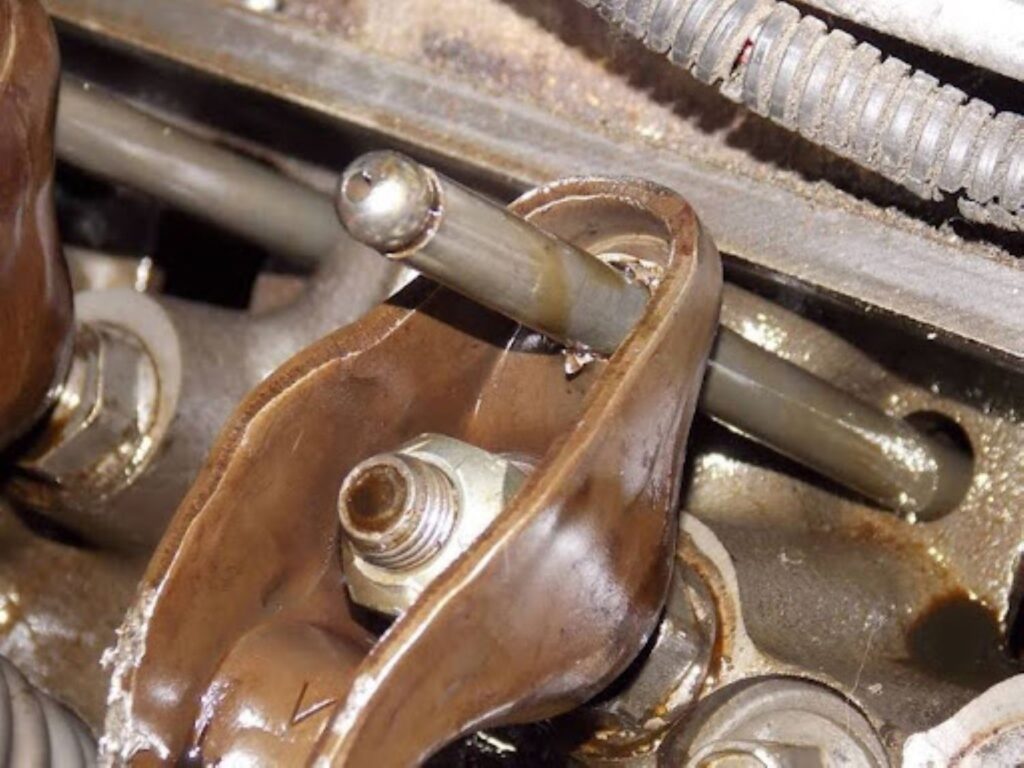
How To Prevent Redlining
While accidentally redlining your engine for a couple of seconds is okay, it never hurts to be more careful. Here are a few tips on how to prevent redlining:
Use a Rev Limiter
Again, most modern cars come equipped with a rev limiter that prevents the engine from redlining. Once the rev limiter detects that the engine’s RPM is redlining, it cuts off the fuel flow or disables the ignition system until the RPM drops to a safer speed.
Shift Gears
Accidentally redlining a manual vehicle is a lot more common than you think, but there are ways to prevent this. You can make sure your engine stays below the redline by shifting gears. A manual transmission’s input shaft spins at the same RPM as the engine. In a five-speed transmission, there are five gear ratios that yield different RPM values for the output shaft. By shifting gears, you stay within that range while maximizing your engine’s performance.
Switch to a CVT
Unlike other types of mechanical transmissions, continuously variable transmissions (CVT) seamlessly change through an unending range of gear ratios while you drive. When the CVT switches gears, the engine keeps running at a set RPM. This allows you to stay below the redline while staying close to your engine’s optimal performance range. Note that switching to a CT is easier said than done.
Any information provided on this Website is for informational purposes only and is not intended to replace consultation with a professional mechanic. The accuracy and timeliness of the information may change from the time of publication.



